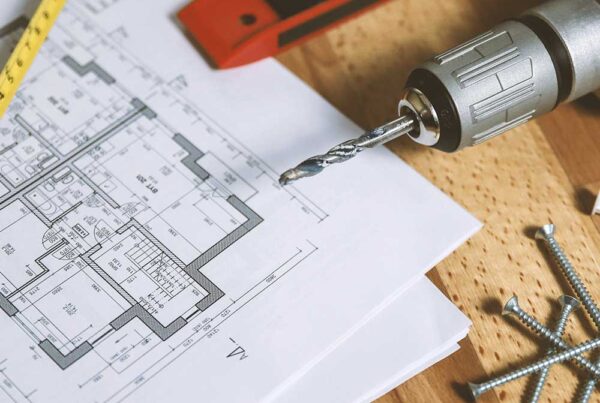Seal the Deal: Caulking Tips for a Mold-Free Bathroom
When it comes to keeping your bathroom clean and healthy, there’s one secret weapon that’s often overlooked: good caulking. It might not be glamorous, but that little line of sealant does a big job—keeping moisture out and mold from moving in.
Here’s how (and why) you should caulk it up the right way.
Why Caulking Matters
Over time, moisture sneaks behind sinks, tubs, and tile edges. Cracked or missing caulk leaves room for water to collect—creating the perfect storm for mold, mildew, and even structural damage.
Fresh caulk = a clean, protected bathroom.
Signs It’s Time to Re-Caulk
-
Caulk is cracked, peeling, or discolored
-
You see mold or mildew that won’t scrub away
-
Gaps have formed between surfaces (like between tub and wall)
Pro tip: If it smells musty, that’s mold talking.
How to Re-Caulk Like a Pro
-
Remove the old caulk
Use a utility knife or caulk remover tool. Take your time—it needs to be clean and dry for new caulk to stick. -
Clean the surface
Wipe with rubbing alcohol or a mold-killing cleaner. Let it dry completely. -
Apply fresh caulk
Use a high-quality silicone caulk made for bathrooms. Smooth it out with a caulk tool or your finger. -
Let it cure
Follow the product’s instructions—most need 12–24 hours before getting wet.
DIY or Don’t?
Sure, caulking is beginner-friendly—but sometimes it’s worth calling in the pros, especially if you’re dealing with hidden mold or just don’t have the time.
At Handy Fix Co., we specialize in small jobs that make a big difference. We’ll clean it up, seal it tight, and leave your bathroom looking like new. Reach out to take a look at your project.






